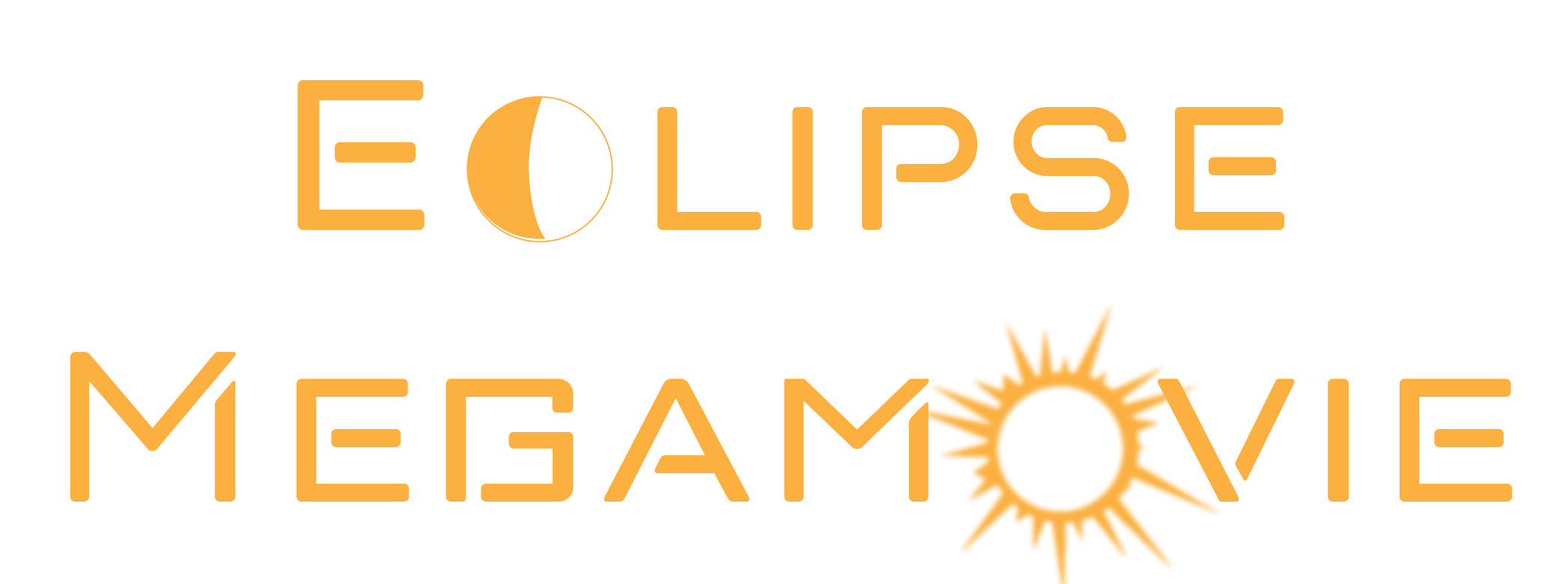What's a solar eclipse?
The August 21, 2017 total solar eclipse was the first to cross a large portion of the United States since 1918. Solar eclipses occur when the Moon comes between the Sun and the Earth, blocking the light of the Sun and casting a shadow on the Earth. The Moon looks almost exactly the same size as the Sun in the sky, but this similarity is coincidental! The Sun is 400 times wider than the Moon but it is also 400 times further away, so the two cover the same sized area from our point of view on Earth. For more detailed information about the 2017 total solar eclipse, visit our Resources page.


Our Dynamic Sun
When we combine our data with NASA observations, we are likely to expand our understanding of the source and evolution of transient plasma processes in the solar corona.
Stars, including our Sun, are complicated wonders of the universe. At the center of the Sun is its hot, dense core, where energy is produced by the process of nuclear fusion (the same source of energy as a hydrogen bomb). The Sun has many other layers, and solar scientists are still trying to understand many of the details of the Sun’s structure and overall behavior. Click here to learn more about the new data the Megamovie team aims to discover with your help!
The Eclipse Path
The 2017 total solar eclipse presented a unique opportunity for both observation and scientific research. It is very rare that the path of a total solar eclipse is visible from land for so long. Since our planet’s surface is roughly 71% water, many eclipses occur mostly over water, which makes viewing them difficult. Similar to the 2017 eclipse, which allowed many to experience a total solar eclipse, the total solar eclipse in April 2024 provided valuable opportunities for scientific study.
The Monday, April 8, 2024, total solar eclipse crossed North America, passing over Mexico, the United States, and Canada. It began over the South Pacific Ocean, and the Moon’s shadow first landed on Mexico’s Pacific coast around 11:07 a.m. PDT.
The path of the eclipse continued from Mexico, entering the United States in Texas, and traveled through Oklahoma, Arkansas, Missouri, Illinois, Kentucky, Indiana, Ohio, Pennsylvania, New York, Vermont, New Hampshire, and Maine. It entered Canada in Southern Ontario, and continued through Quebec, New Brunswick, Prince Edward Island, and Cape Brenton. It exited continental North America on the Atlantic coast of Newfoundland, Canada, at around 5:16 p.m. NDT.
For more information, visit NASA’s 2024 Total Eclipse page, located here.


Epo Chronicles Special Episode: Solar Eclipse in a Distant Galaxy
We invite you to join Alkina and sentient spaceship Epo, as they embark once more, on an exciting journey through space! Alkina, joined by alien Ambassadors, are on route to observe a Solar Eclipse phenomenon in a distant galaxy. While on their way, Alkina brings up factoids about Solar Eclipses, notably regarding an event that occurred on Earth. Discussions arise as everyone learns about the fascinating astronomical event...until they reach their destination for "the show"!
Check out the special edition comic hereIf you are new to Epo’s Chronicles and would like to start reading our story from the beginning, here is a quick link to Eposode One. (This site is not being updated regularly at this time, but feel free to continue to explore the adventures of Epo and Alkina.)
